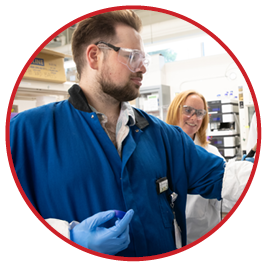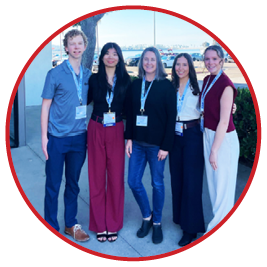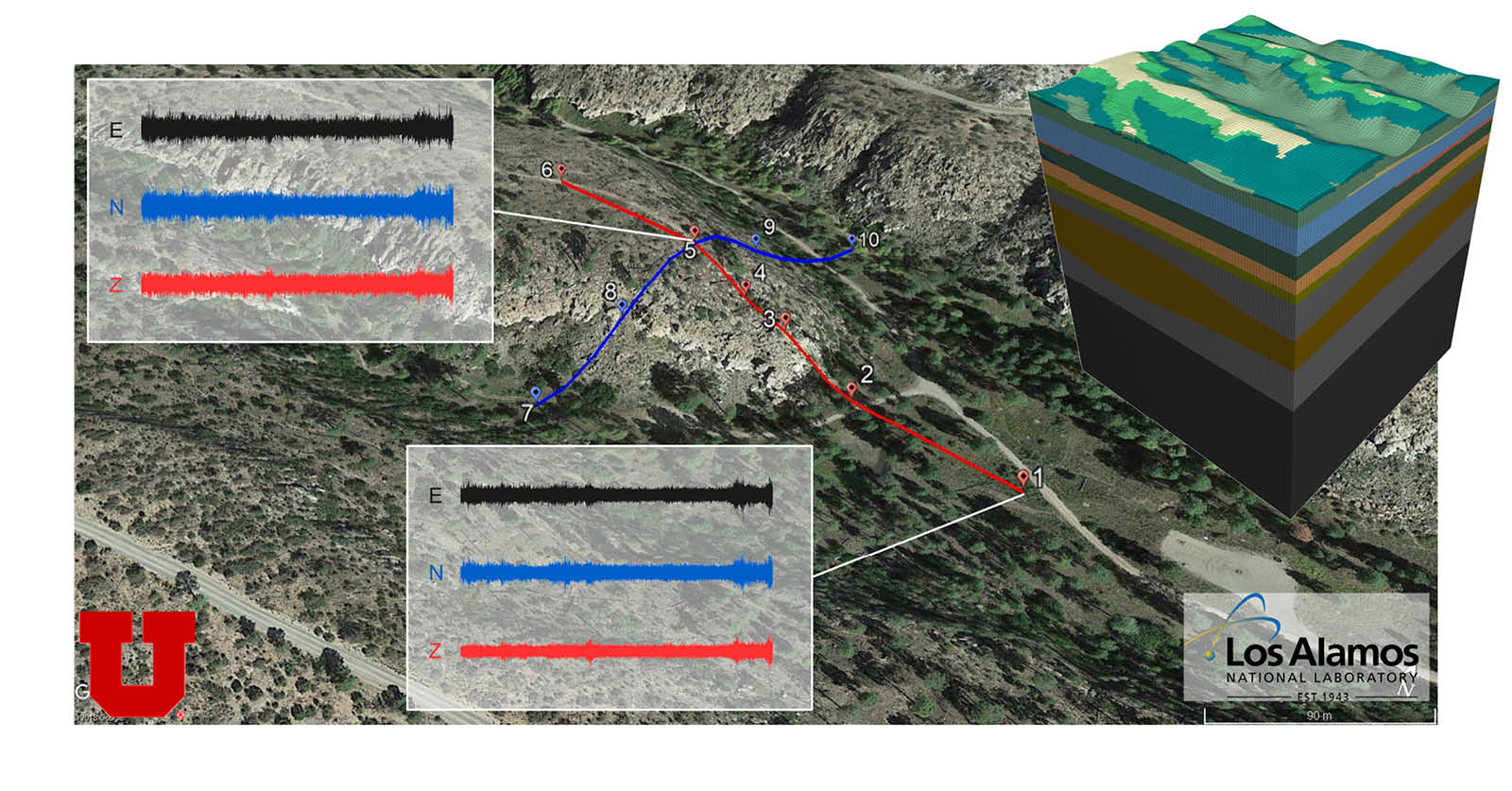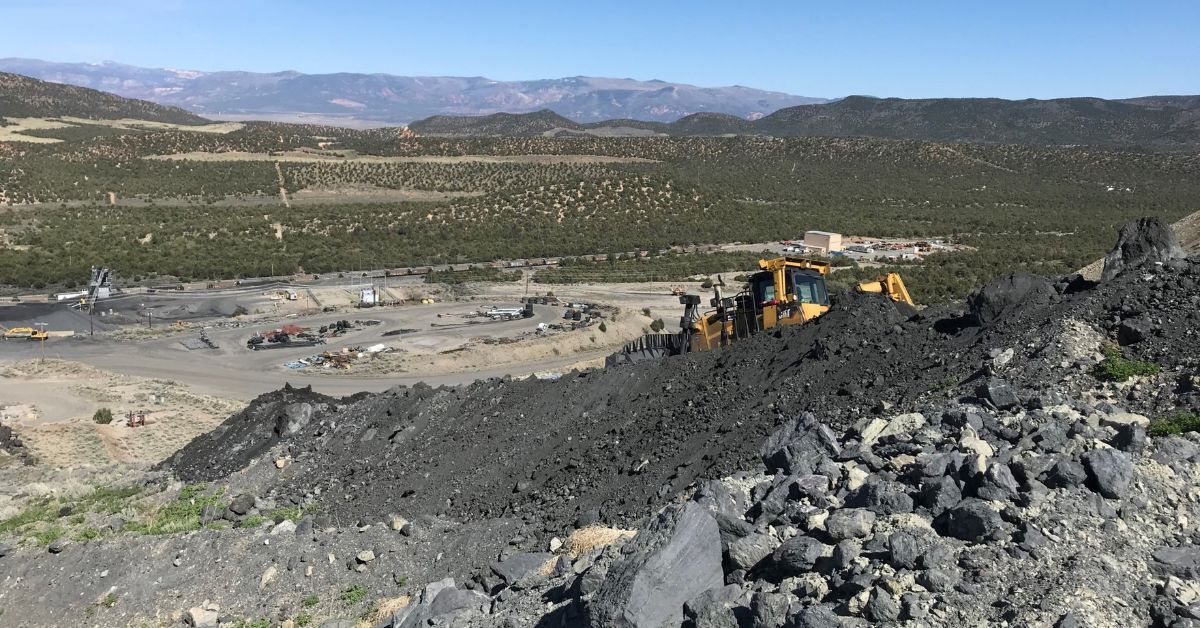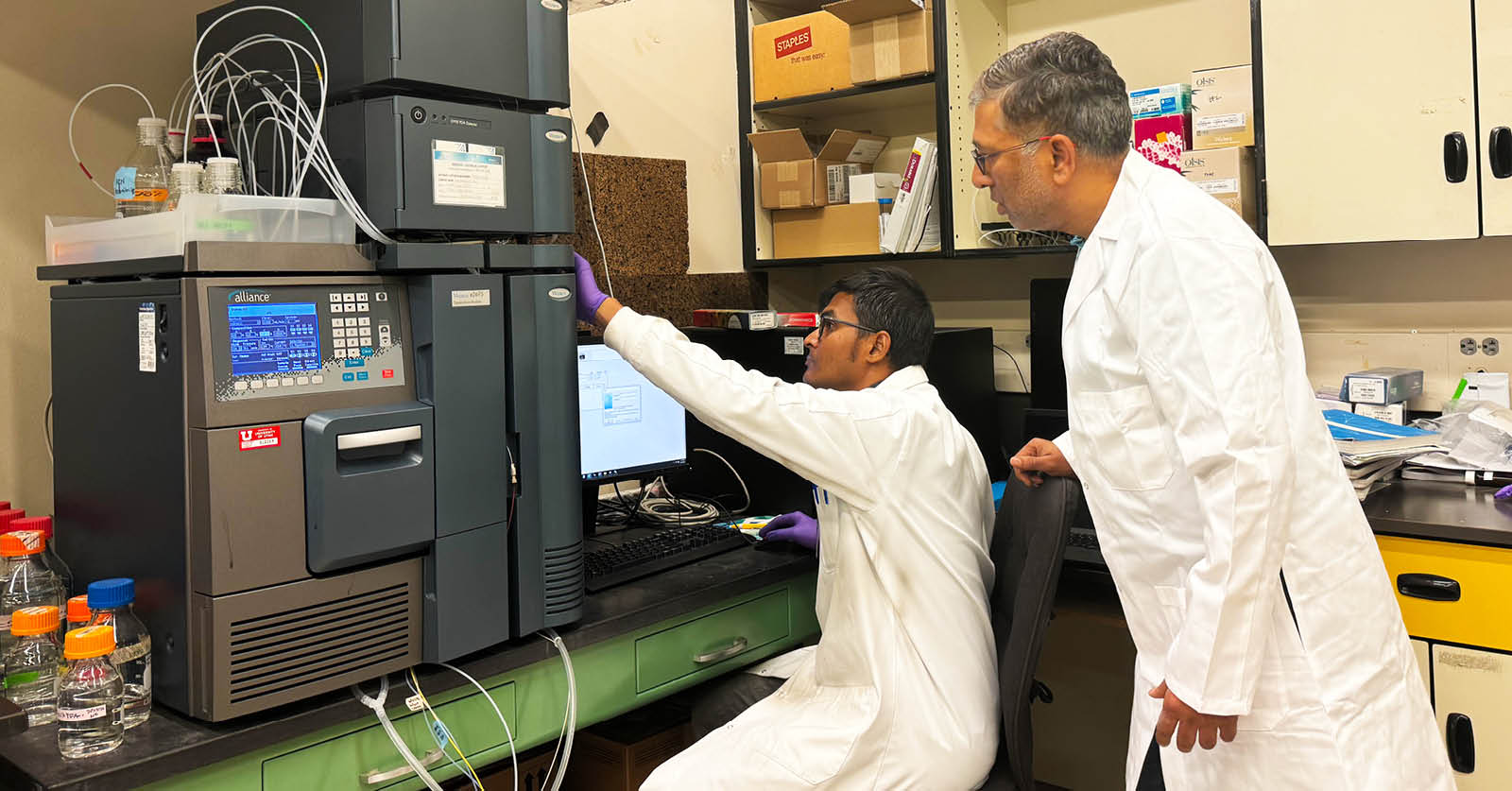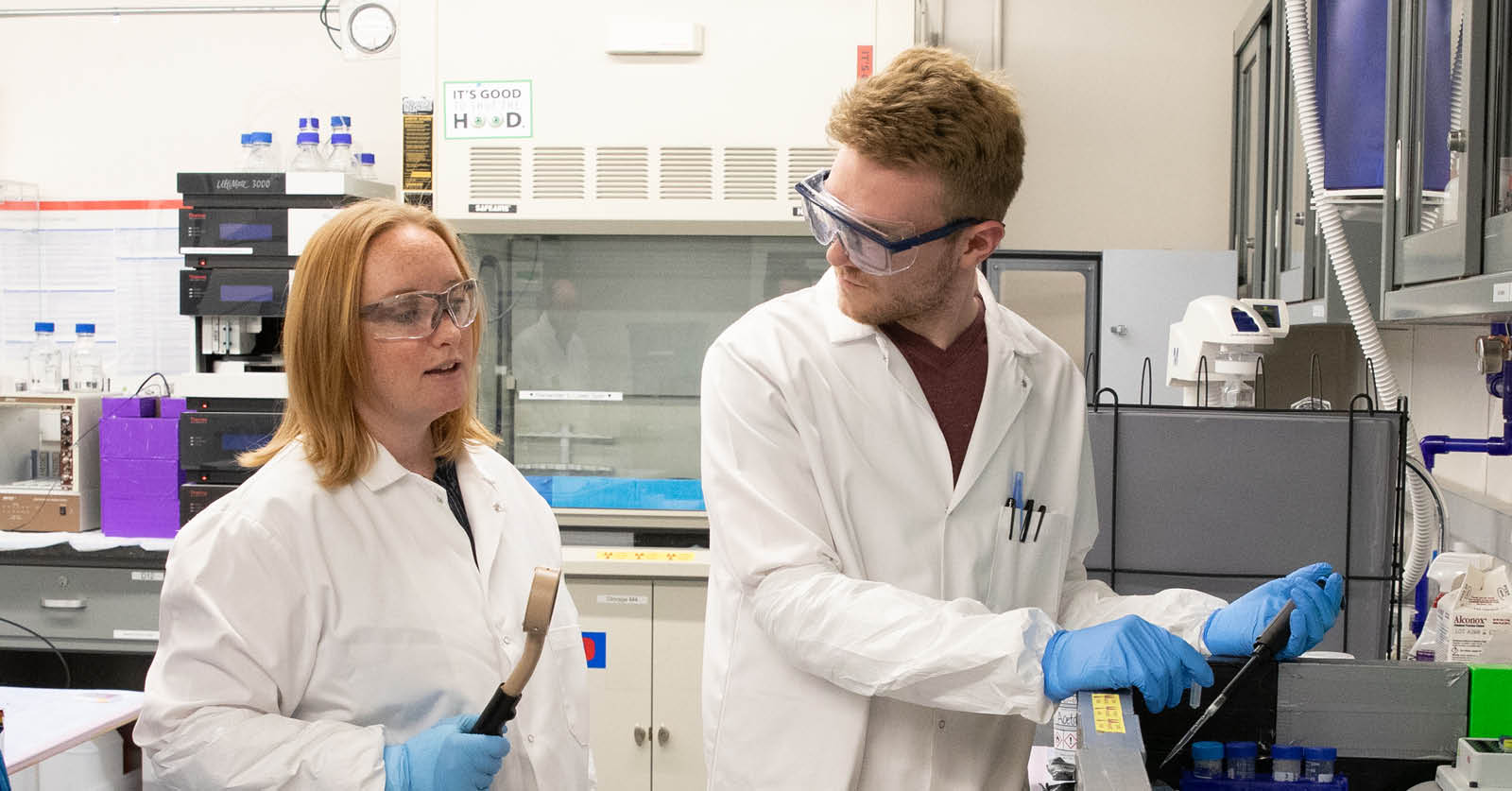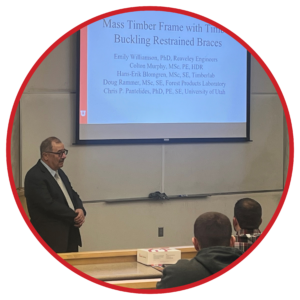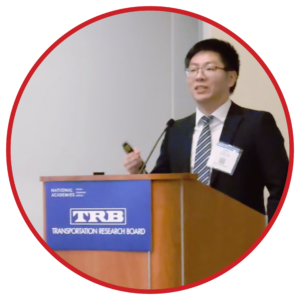The Utah Nuclear Engineering Program (UNEP) is proud to announce that research by Dr. Tara Mastren and former Ph.D. student Dr. Connor Holiski has been featured by the U.S. Department of Energy (DOE). Their work explores advanced isotope separation techniques with potential applications in cancer treatment, specifically in improving the production of medical isotopes like terbium-161.
This recognition by the DOE underscores the significance of UNEP’s contributions to nuclear medicine and isotope science. Their research could play a key role in enhancing the availability of isotopes used for both imaging and therapy in cancer treatment.
To learn more about this groundbreaking work, read the full feature on the DOE website.
About the Researchers
Mastren is currently is an Assistant Professor of Nuclear Engineering at the University of Utah. Her teaching and research interests are in nuclear medicine, which targets radiotherapy for the treatment of cancer and Alzheimer’s, lanthanide and actinide chemistry, and isotope production. Holiski, who earned his Ph.D. in Nuclear Engineering from the U in 2024, is a Radiochemistry Postdoctoral Fellow at Lawrence Livermore National Laboratory. He is currently working on various separations with new elements, collaborating with some of the brightest minds to tackle emerging challenges and driving groundbreaking discoveries.
Nuclear Engineering at the University of Utah
The Utah Nuclear Engineering Program (UNEP) is responsible for educating the next generation workforce in critical nuclear engineering fields and developing innovative procedures and technologies for the advancement of nuclear applications.
Our curriculum is designed for engineers and scientists involved in the nuclear power and radioactive waste industries, nuclear medicine, homeland security, radiation safety, and nuclear materials detection. We offer an undergraduate minor and two graduate degrees (M.S. non-thesis and Ph.D. in Nuclear Engineering).
More news from our department:

New Nuclear Methods
University of Utah Research is Improving Radiation Detection Congratulations to Taylor Kimball, A PhD student in Nuclear Engineering at the University of Utah, whose research has been published in the prestigious Nuclear Technology journal! Kimball’s innovative work introduces a new method to create calibration standards for use in radiation detectors at radioxenon measurement labs, which […]
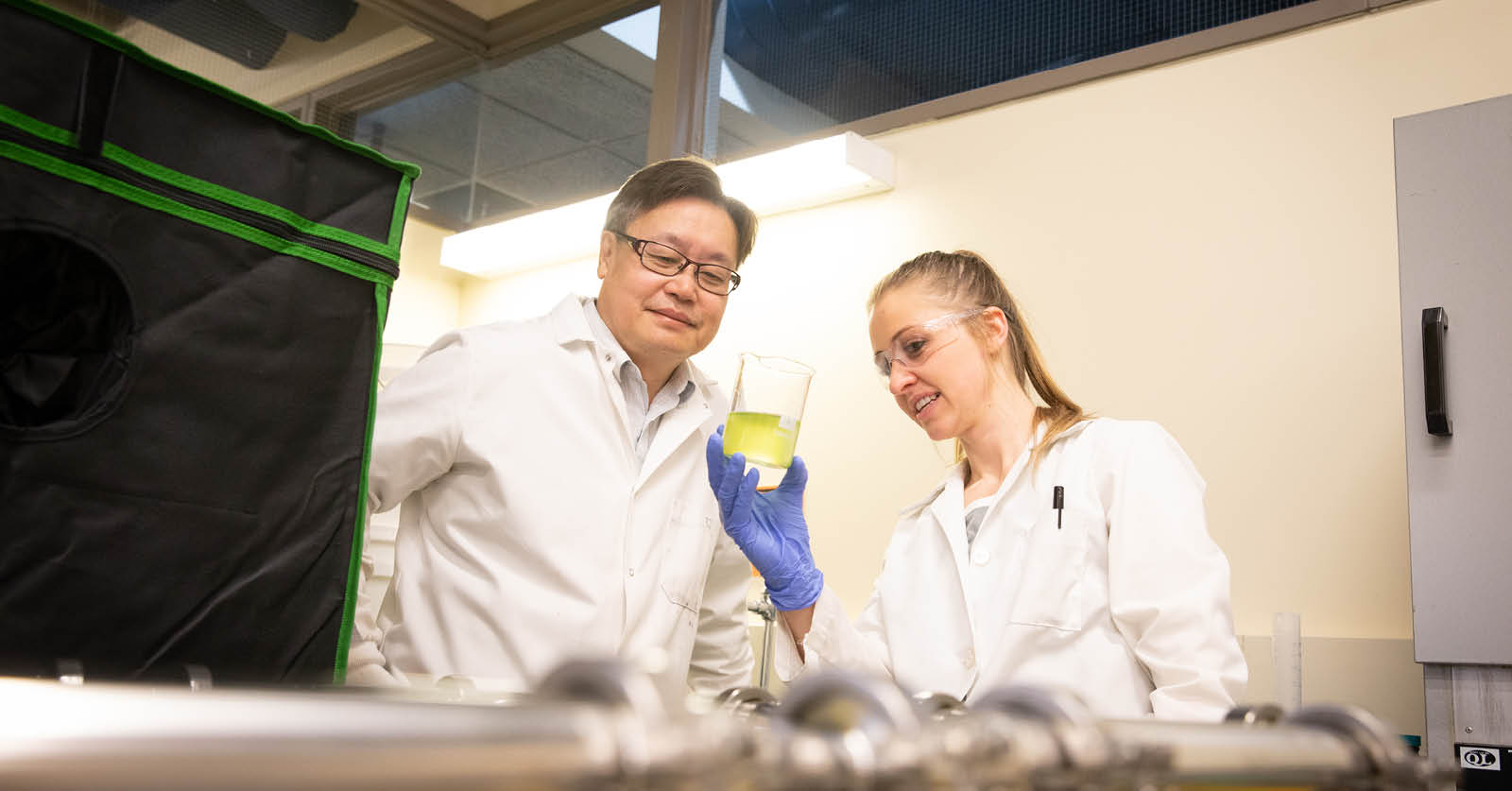
Nanobubbles: Tiny Powerhouses with Huge Potential
University of Utah Environmental Engineering Professor is at the Forefront of New Nanobubble Technology Peculiarly powerful, nanobubbles have opened a new frontier in science and engineering, creating promising environmental and medical applications. But what exactly is a nanobubble? Imagine a tiny water bubble that’s 2,500 times smaller than a single grain of salt. Then imagine […]
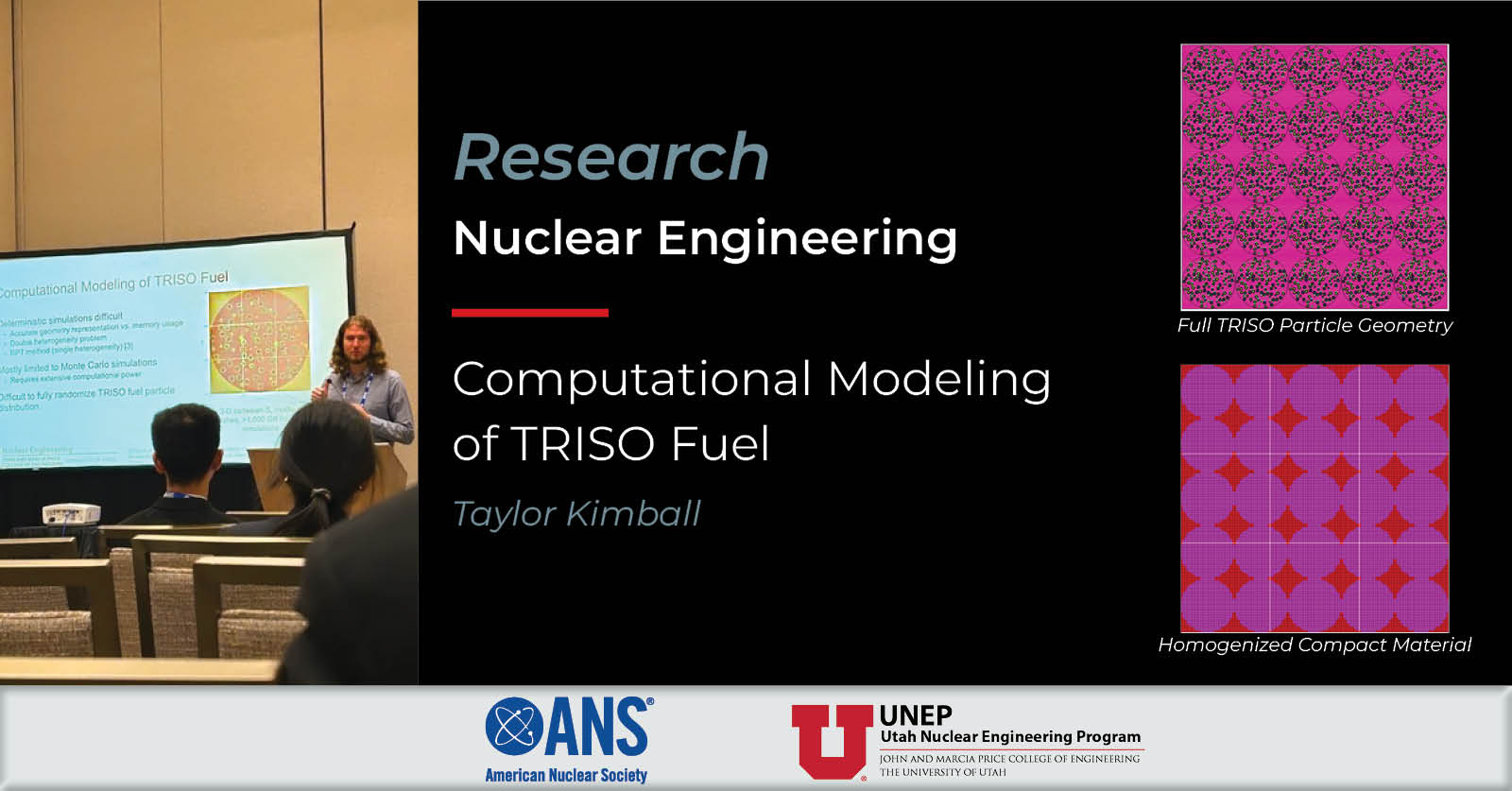
U’s Nuclear Engineering Program Shines at 2024 ANS Annual Conference
PhD Candidate Taylor Kimball’s Introduces New Reactor Efficiencies The 2024 American Nuclear Society (ANS) Annual Conference, a leading event for nuclear science and engineering professionals, took place in Las Vegas, NV from June 16-19, 2024. This year’s theme, “All In on Nuclear Deployment: The Stakes Have Never Been Higher,” emphasized the critical importance of nuclear […]
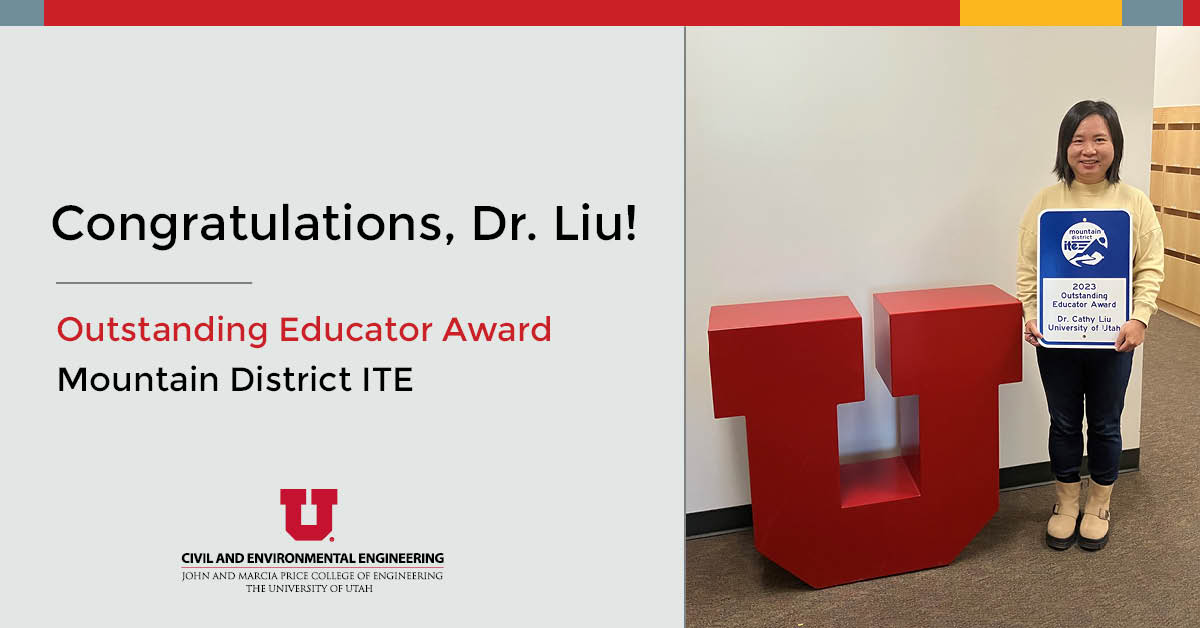
Dr. Cathy Liu Earns Prestigious Educator Award
CvEEN Professor Earns 2023 Outstanding Educator Award The Institute of Transportation Engineers (ITE) is a global organization dedicated to improving transportation systems and creating smarter, more livable communities. Within this vast network, the Mountain District ITE represents the U.S.’s mountain states and recognizes outstanding educators in the field. Dr. Cathy Liu has been honored with […]

